
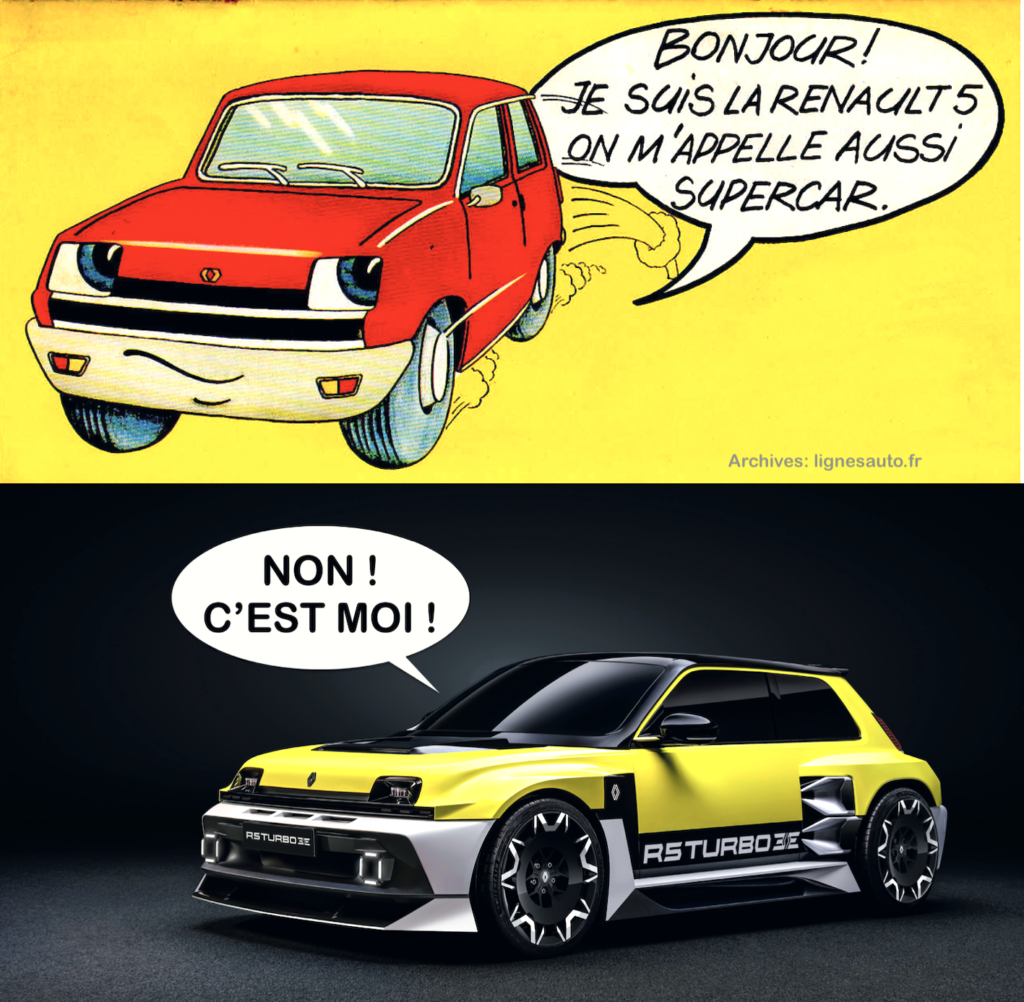
With Renault having just opened reservations to 1,980 potential customers for the future Renault 5 Turbo 3E above, with a deposit of €50,000 and a base price, excluding options, estimated at €155,000, it’s worth taking a look back at the model that inspired this most powerful Renault ever produced: the 1978 R5 Turbo. 000, it’s worth taking a look back at the car that inspired the most powerful Renault ever produced: the 1978 R5 Turbo. Yes, the 1978 model, not the 1980 model—the official launch date of the first R5 Turbo—because we are publishing three previously unseen documents that discuss the design models, their prices, and the exchanges between Renault and Bertone, particularly Gandini.

Let’s recall the context. In 1976, the project for a vehicle capable of being homologated in Group 4 was launched in the brand new Renault Sport structure. On the design side, it was designer Marc Deschamps, who had just arrived at the advanced styling department, who set to work with this very first sketch below. The idea was to unveil the beast, based on the Renault 5, which was only four years old at the time, with a rear mid-mounted turbocharged engine.
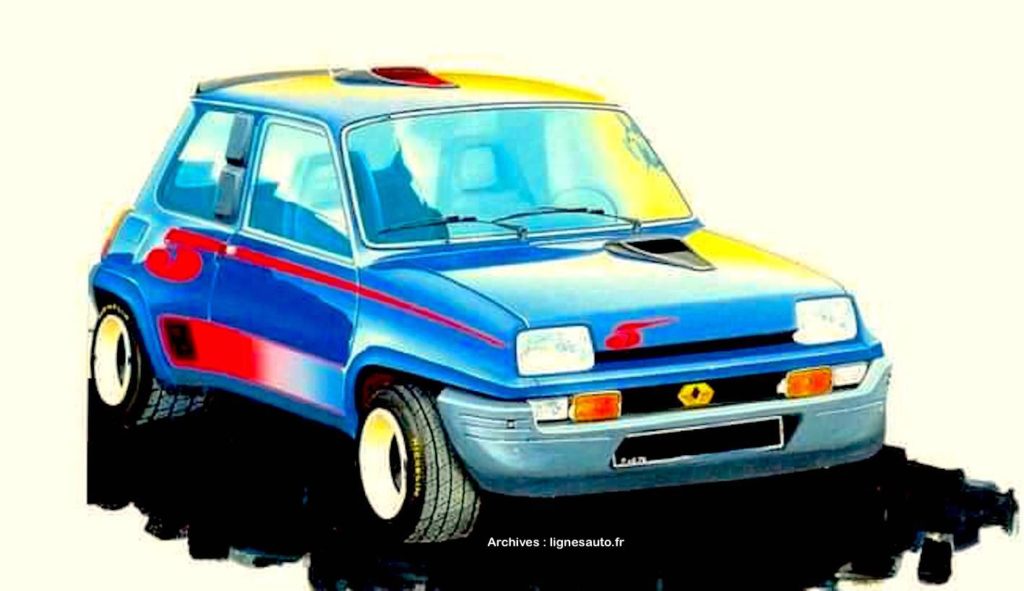
This turbo technology was then used by the manufacturer in sports car championships with prototypes (photo below: Patrick Depailler at the wheel in 1976) and also with the Alpine A500 prototype, a potential F1 car. Renault won Le Mans in 1978 and its first F1 Grand Prix in 1979.

Now that we’ve taken a brief trip down memory lane, let’s open the doors to Renault’s “style” office from that period and take a look at the famous 1:1 scale model of the R5 Turbo. The letter numbered 1 published here is signed by Renault’s advanced design office, then located at 132 rue des Suisses in Nanterre. It was sent to the Bertone Carrozzeria and addressed to Marcello Gandini, the design director.
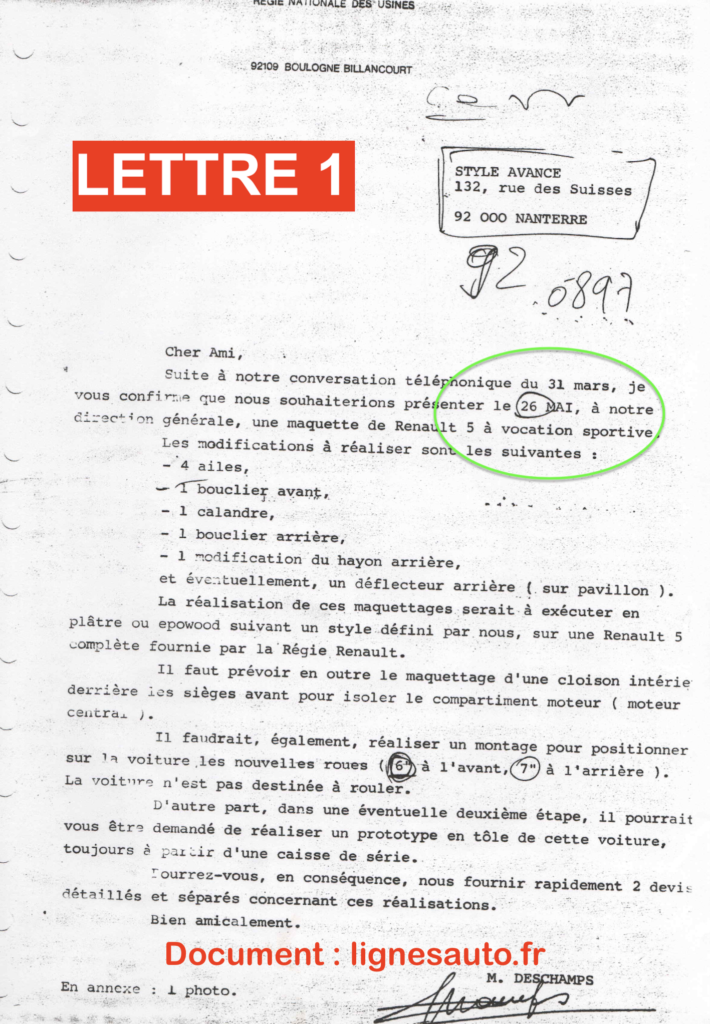
It is not dated but was written at the very end of March or early April 1977. Bertone, through Gandini, was then a consultant working extensively for Renault. Of particular note are the plans for a Renault 9 presented by the Italian master in 1978, a project too ahead of its time for the French manufacturer, as well as the 1984 Supercinq, a replacement for the R4 (read here: https://lignesauto.fr/?p=26967) and the AE truck below.
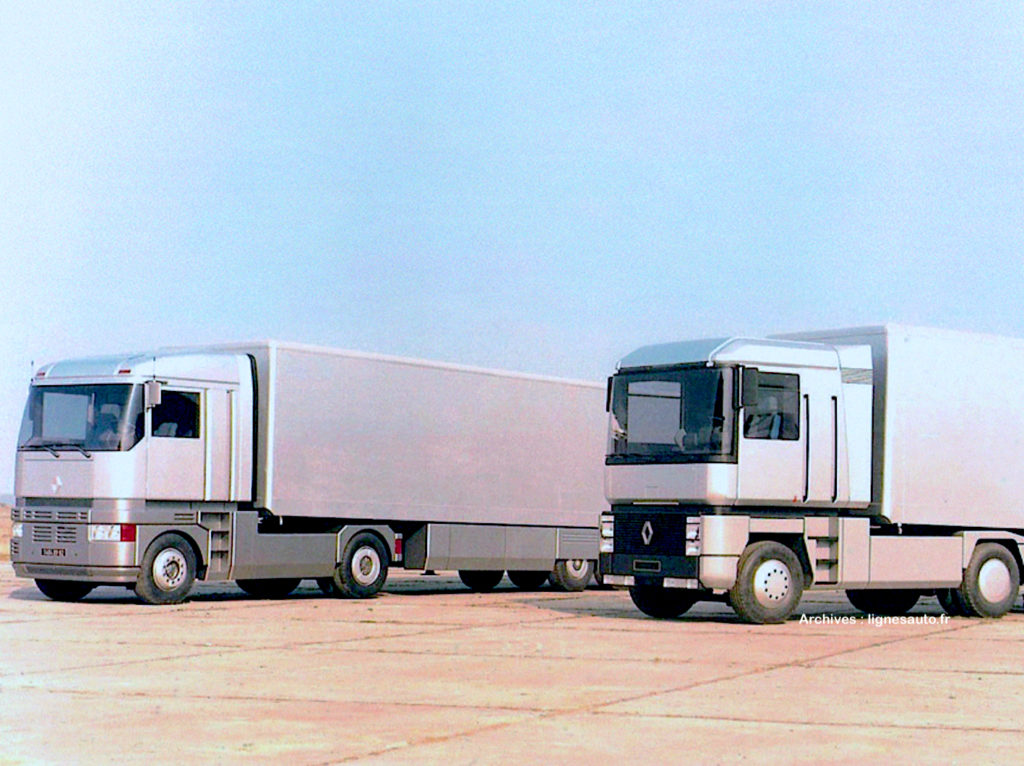
This letter, numbered 1, is a request for a quote for the production of a model of the “Renault 5 sports car,” according to Marc Deschamps, who wrote the letter. Time was of the essence, as the car, which was in fact the first model of what would become the Renault 5 Turbo unveiled at the Paris Motor Show a year and a half later, had to be delivered to Renault’s design department on May 26 for presentation to management. This extremely tight deadline was met, as the task involved fitting the exterior elements of the R5 Turbo onto the body of a standard Renault 5.
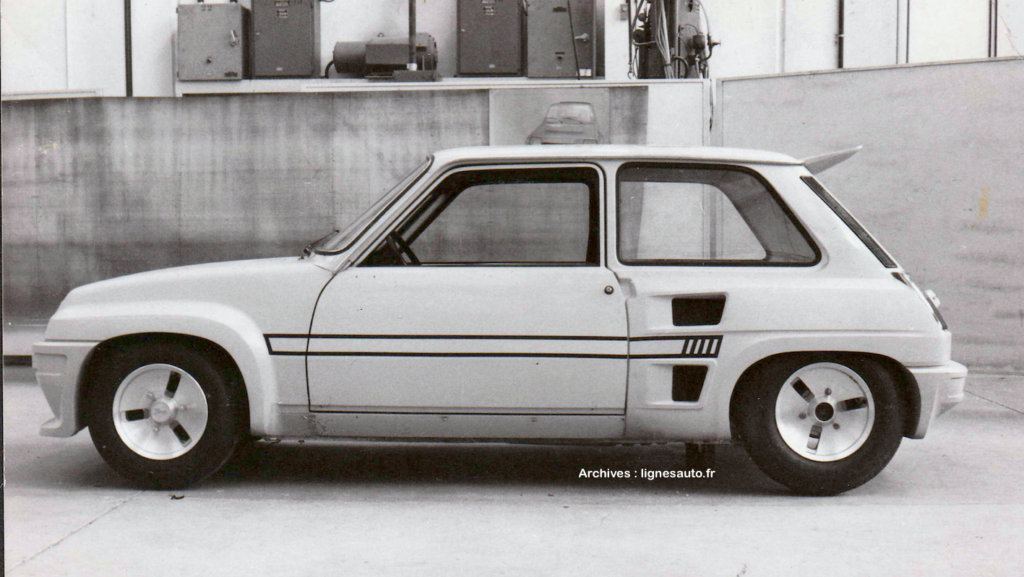
This letter clearly reveals Renault’s intentions, as it mentions “during the design of an interior partition behind the front seats” to isolate the engine compartment. Let us remember that this compartment is located in the rear center. And it is indeed a mock-up, since Marc Deschamps specifies that “this car is not intended to be driven.”

The French designer created the very first design for the R5 Turbo, and the styling was then coordinated by Yves Legal. In this first letter, the next step was already being considered, as Renault clearly requested “the production of a sheet metal body for this car, again based on a production model.” The 822 project, born from Jean Terramorsi’s idea in 1976 to boost the image of the R5, was now well underway. The engine would be a 1.4-liter turbocharged unit and the finished product would weigh no more than 950 kg. Competition was obviously the goal for this two-wheel-drive hot hatch.
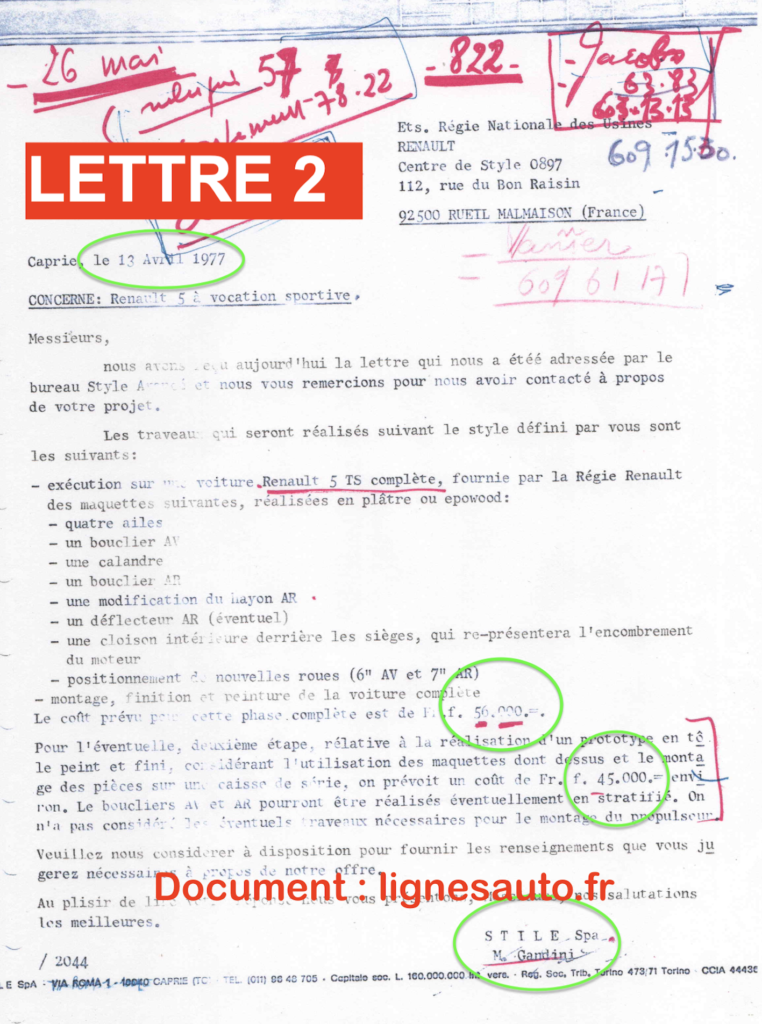
Letter number 2 is dated April 13, 1977, eighteen months before the Renault 5 Turbo was unveiled to the public. It is signed by Gandini and is interesting, particularly in terms of the budget for such models. The Italian designer estimated the cost of producing a painted model at 56,000 francs, a paltry sum compared to today (* see the bonus section on the cost of a concept car at the end of this post).

Marcello Gandini specifies that the production car supplied by the Régie was a complete Renault 5 TS, type “R1224” to be precise. This replaced the very short-lived R5 LS in 1975. The R5 Alpine below had been on sale for a year when Renault’s request to Bertone was made. It is surprising that the TS version was chosen, but it is true that between an everyday R5 and the Turbo, the differences in mechanical architecture are enormous!
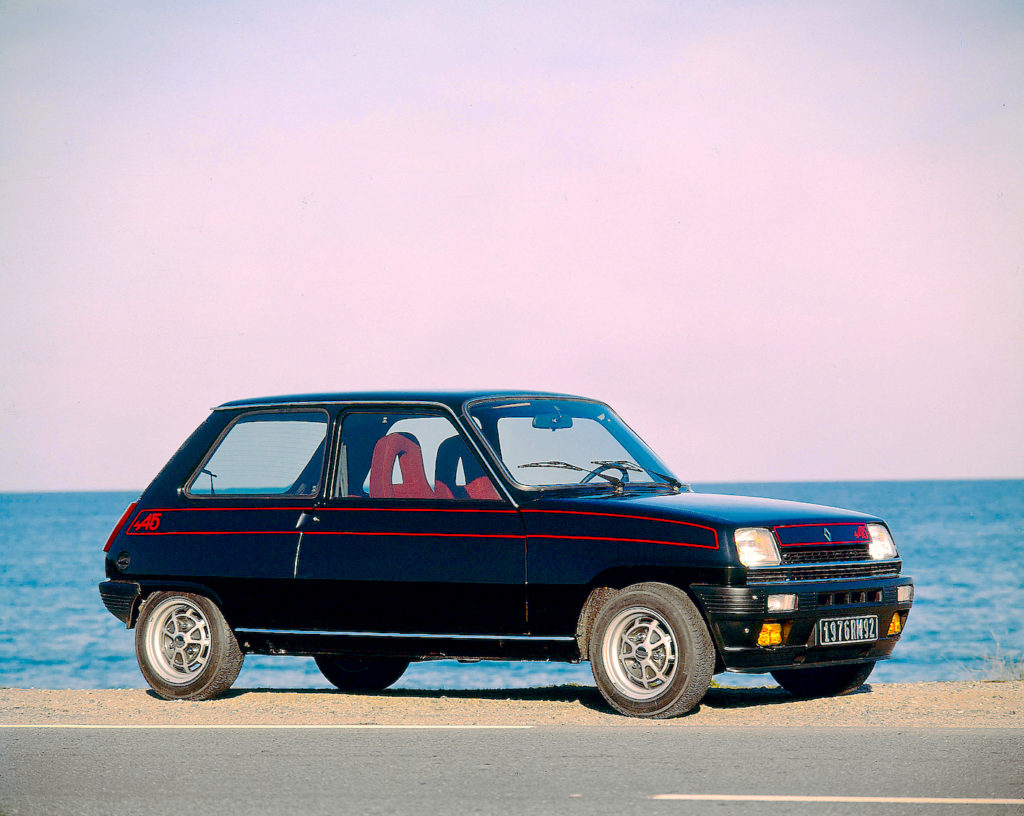
In this second letter, Marcello Gandini provides detailed specifications for the work required to transform the R5 TS into the R5 Turbo: four wings, a front and rear bumper, a grille, a modified tailgate, a rear deflector (which was ultimately retained on the model presented at the motor show), an interior partition, and the positioning of the new wheels.
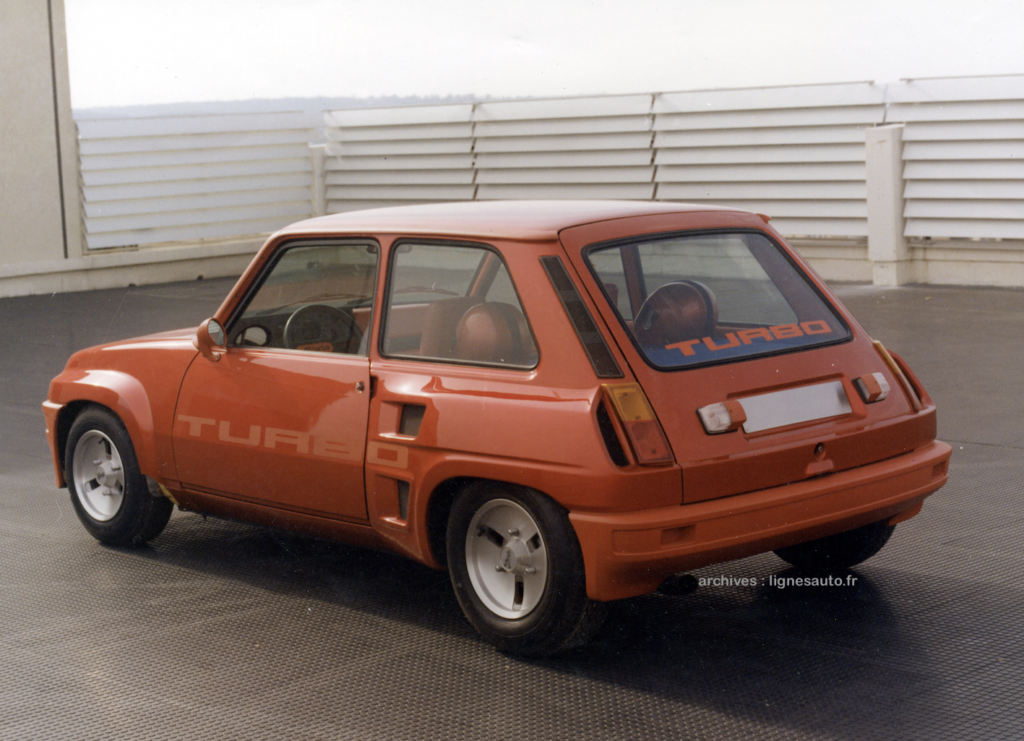
For the probable non-running prototype planned for the Paris Motor Show, Gandini explained that he wanted to use parts from this first model to keep costs down, mentioning a sum of 45,000 francs. However, he specified that “we have not considered any work that may be required to assemble the engine and transmission.”
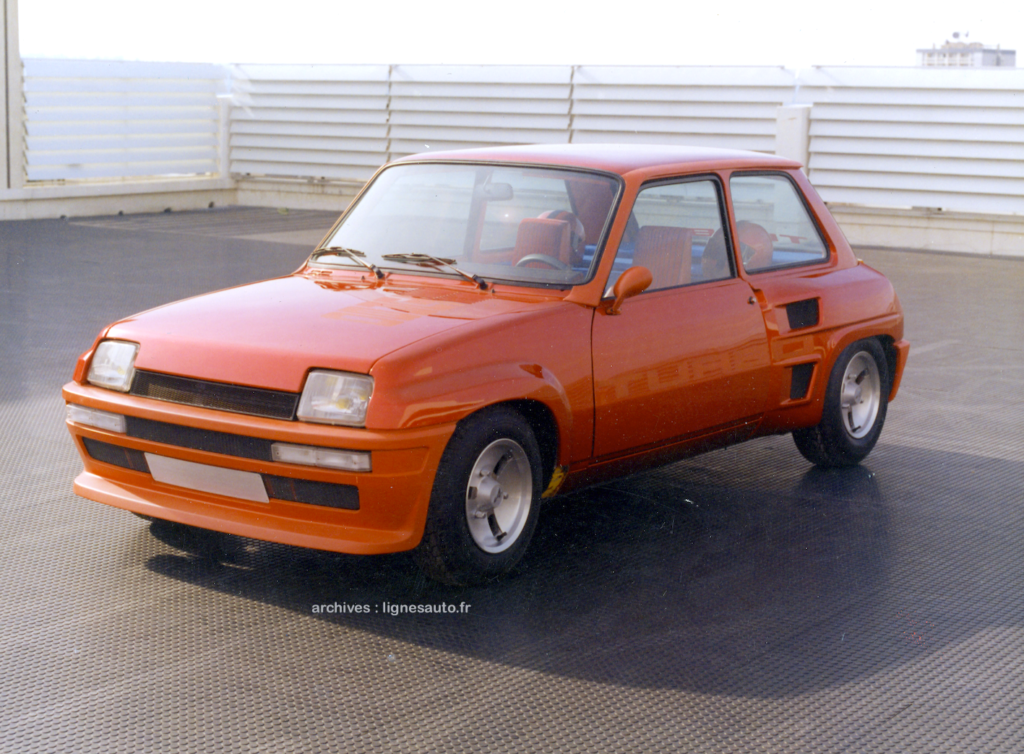
Indeed, the quote for the showroom model is on a completely different scale, as finally clarified in letter number 3, which is in fact a rare document: the invoice dated November 17, 1977, for the production of the model signed by Bertone.

And it was no longer a question of 46,000 francs, but 105,000 francs. This invoice sent to the Renault “CTR” design studio at 112 Rue des Bons Raisins in Rueil includes all the latest work carried out at the end of 1977 (a few months after the construction of the very first black prototype 822-01 with a tubular rear structure, which was not selected for series production…) and this work was extensive. This involved finalizing all the exterior elements of the bodywork, which were modified from a Renault 5 Alpine – interestingly, there was no longer any mention of an R5 TS base.

This work was commissioned by Robert Opron, then head of design at Renault, and Marc Deschamps. Bertone’s model was presented to Renault’s management in Rueil. The results were convincing, and the design underwent a few modifications before being sent to Bertone’s other partner, Heuliez (which was responsible for part of the industrialization study mentioned above and for manufacturing the modified R5 body shells), to finalize the model that would be unveiled in Paris in 1978 (see below).
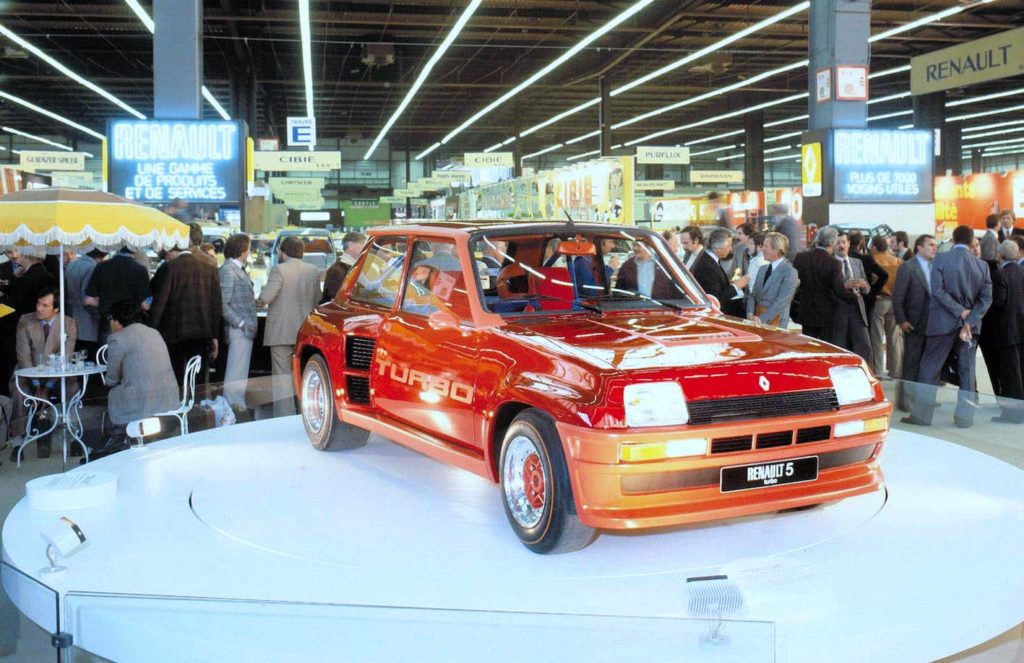
As can be seen from the document below, there are numerous differences between the very first model designed in Renault style and finalized at Bertone in 1977 and the one that would be exhibited at the Paris Motor Show in 1978: an air intake was added to the hood to improve heat dissipation from the water radiator, the front shield was redesigned with three air intakes to cool the radiator, and a small spoiler appeared on the top of the tailgate…

The rearview mirrors are no longer bullet-shaped, the “Turbo” lettering no longer extends over the rear wing, which has been simplified in design and now features a NACA duct at the top, a rocker panel connects the widened front and rear wings, and the wheels are brand new. The interior has been completely redesigned, particularly the seats and the engine cover trim, which featured two helmets on the first model (below).
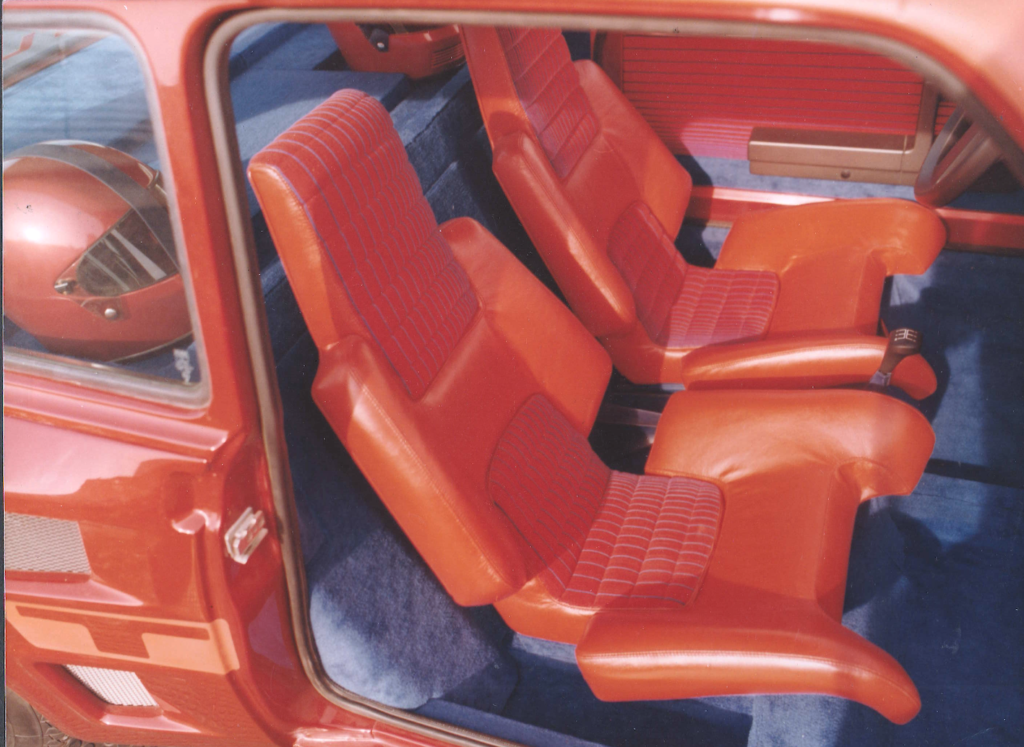
In October 1978, the hollow model of the R5 Turbo, without an engine and therefore unable to drive, was exhibited on the Renault stand at the Paris Motor Show at the Porte de Versailles. The round platform on which it stood was next to another slightly larger one on which stood the Renault A442-B, winner of the 24 Hours of Le Mans that same year. This would be Renault’s only victory at Le Mans for the time being. But the Renault 5 Turbo was just beginning its career and in 1980 finished fourth in the Tour de Corse with Saby and his co-driver Tilber, then won the 1981 Monte Carlo Rally in the World Rally Championship with Ragnotti and Andrié as co-driver. Below is a video of the victory. The beast was unleashed!
BONUS: the cost of a concept car and a styling model today
Today, the investment for the one-off production of a non-roadworthy concept car is around €800,000 to €1.2 million. Previous concept cars that incorporated complex technologies and were roadworthy cost ten times as much! The cost of 1:1 scale design models for a production program is incomparable, but these models are obviously much more numerous than concept cars over the course of a year’s work. Excluding the cost of styling, milling a polystyrene model costs around $15,000. With solid resin, it is difficult to spend less than $50,000 if you want a good level of finish. And that’s not all…

You have to add in any style changes, painting, and even accessories. The price varies depending on the size and complexity of the model. To finish with the money (!), the cost of a finished 1:1 scale clay model is around €150,000. There are only one or two of these per program. We’ve come a long way from the 105,000 francs (approximately €72,000, thanks to Étienne Lhoste for the calculation) of the first Renault 5 Turbo model designed by Bertone in 1977!


